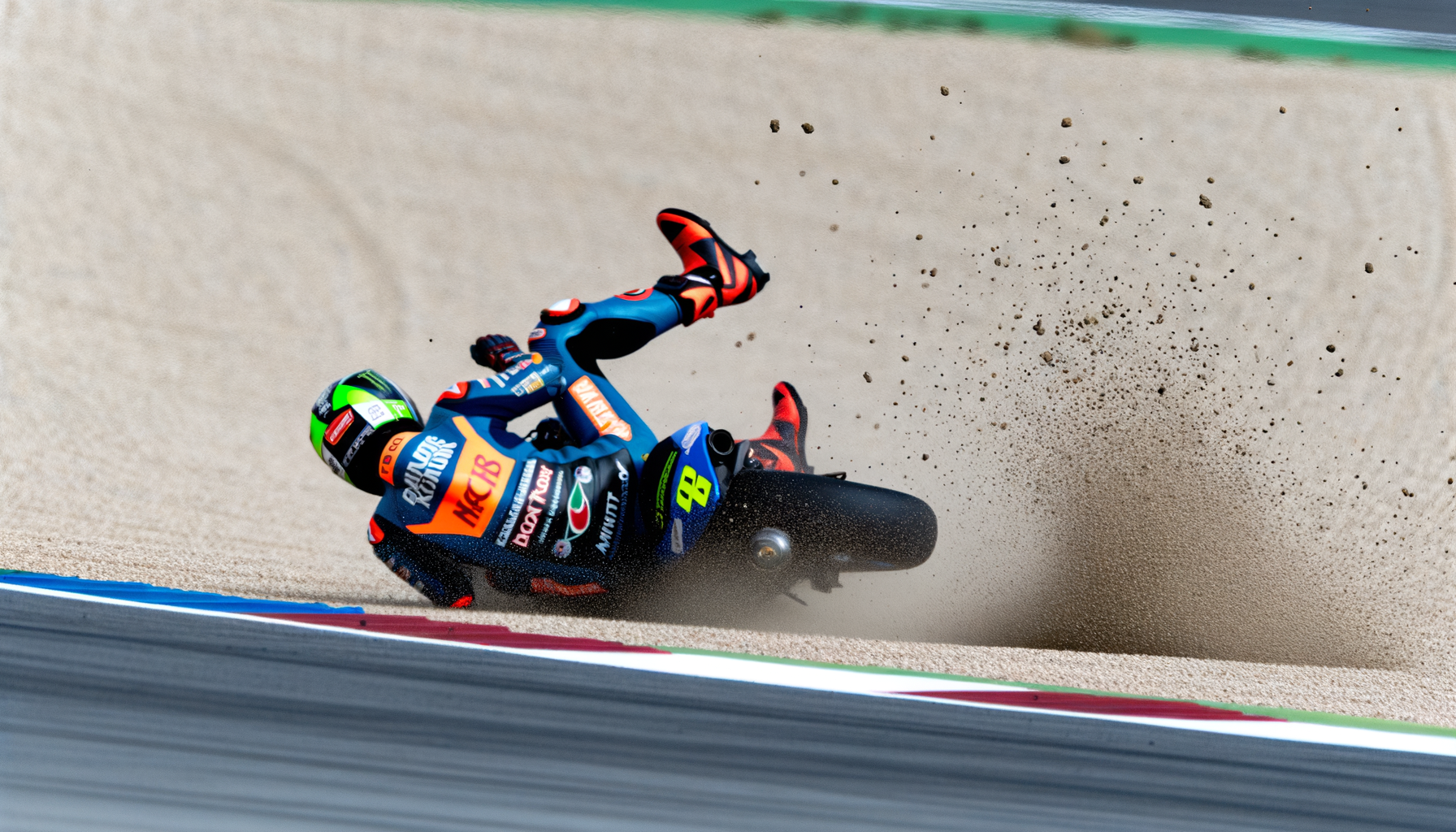How Lewis Hamilton Avoided Penalty After Singapore GP Red Flag Incident
Discover how Lewis Hamilton escaped a penalty following the Singapore GP red flag investigation, with insights into F1 regulations and race dynamics.

By Editorial
Introduction To The Singapore GP Red Flag Controversy
The 2023 Singapore Grand Prix witnessed a dramatic turn of events when a red flag was deployed following a significant incident involving Lewis Hamilton. The subsequent investigation sparked debate among fans and experts about whether Hamilton should have received a penalty. This article delves into the details of the case, explaining how Hamilton eventually escaped disciplinary action and what this means in the broader context of Formula 1 regulations.
Understanding The Red Flag Rules In Formula 1
Red flags in F1 races are used to halt the session immediately, typically due to accidents or unsafe track conditions. The rules governing driver conduct during red flag periods are strict, aiming to ensure safety while maintaining sporting fairness. Drivers must reduce speed significantly and not gain any advantage during this time. However, interpretation of these rules can sometimes be complex, leading to investigations like the one involving Hamilton.
The Specifics Of The Hamilton Incident
During the Singapore GP, Hamilton was involved in a collision that caused a red flag. The stewards launched an investigation to determine if Hamilton's actions contributed unfairly to the incident or if he failed to follow the procedures correctly during the red flag period. After a thorough review, including telemetry data and video footage, they concluded that Hamilton’s conduct did not breach regulations severely enough to warrant a penalty.
How The Stewards Reached Their Decision
The stewards' decision was influenced by several factors. Firstly, Hamilton’s speed reduction during the red flag was deemed adequate under the current guidelines. Secondly, the collision itself was judged as a racing incident without malicious intent or reckless behaviour. This nuanced approach highlights how F1 stewards balance strict rule enforcement with the unpredictable nature of racing.
This outcome mirrors other recent instances in F1 where driver intent and context have been pivotal. For example, similar investigations have shaped the evolving standards in driver conduct, as seen in the 2025 Irish Open, where Rory McIlroy’s strategic decisions under pressure were praised for their balance of risk and control (Rory McIlroys Triumph At The 2025 Irish Open At The K Club).
Implications For Future Formula 1 Races
Hamilton’s case sets an important precedent for how red flag incidents may be judged going forward. Drivers and teams will be watching closely to understand the boundaries of acceptable behaviour during race stoppages. Moreover, the FIA may consider clarifying or amending rules to reduce ambiguity and enhance consistency in steward decisions.
Fans and commentators have debated whether the current rules strike the right balance between safety and competitive fairness. The incident underscores the challenges faced by officials in managing high-stakes, fast-paced environments.
Comparing Safety And Fairness In Motorsport
Safety remains paramount in motorsport, but it must be weighed against the spirit of competition. The Singapore GP red flag scenario is a case study in this tension. For instance, the ongoing discussions about jockey safety at York Racecourse highlight similar dilemmas in different sports, where protecting athletes while preserving competitive integrity is crucial (Jockey Safety And Recent Incidents At York Racecourse).
This balance is essential to maintain the excitement and unpredictability that fans cherish, without compromising the wellbeing of participants.
Conclusion: Lessons From The Singapore GP Incident
Lewis Hamilton’s escape from penalty after the Singapore GP red flag investigation illustrates the complexity of rule enforcement in Formula 1. It highlights the importance of context, intent, and precise rule interpretation in steward decisions. As the sport evolves, such cases will shape future regulations and how drivers approach race incidents.
For enthusiasts keen on broader sports insights, exploring how athletes manage pressure and rules across disciplines can be illuminating. From motorsport to netball, as seen with the Cardiff Dragons’ preparations amid funding challenges, the themes of regulation, fairness, and resilience resonate strongly.
Ultimately, understanding these dynamics enriches our appreciation of sportsmanship and the thrilling unpredictability of competitive events.
Related topics
Editorial
Sports expert at SportsScoop
Specialist in sports analysis and journalism
Related articles
Want to read more?
Explore our comprehensive collection of sports articles and analysis, or contact us for more information.



